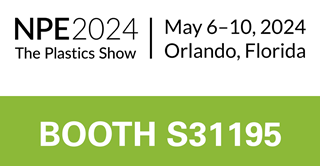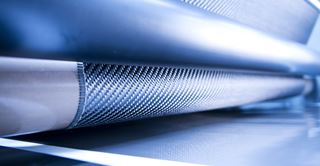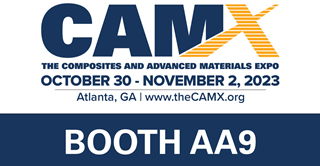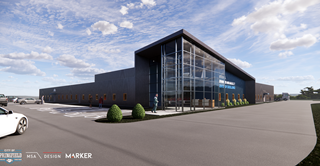Blog Posts
Advanced Composites Bring Back Supersonic Travel
Boom Supersonic XB-1 Case Study
8 October 2020The world’s first independently developed supersonic jet is complete, thanks in large part to advanced composites.
Boom Supersonic rolled out its XB-1 demonstrator on Oct. 7, taking the next bold step toward the return of commercial supersonic travel since the retirement of Concorde in 2003. Combining advanced aerodynamic design, carbon composite material, and high-efficiency propulsion, XB-1 will demonstrate key technologies for safe, efficient, and sustainable supersonic flight.
Composites are integral to the supersonic jet’s design and play a large part in the aircraft’s advance capabilities. The fuselage, wings, vertical tail, horizontal tail, inlets, ailerons, and rudder are made from Toray Advanced Composites’ TC350-1 toughened epoxy prepreg reinforced with IM7 carbon fiber. Only the engine nacelles and aft fuselage are metallic.
Standard commercial airframes operate in temperatures ranging from 71°C (160°F) to - 54°C (- 65°F), according to Boom. Concorde’s skin and flight control surfaces were primarily aluminum with traces of other metals that expanded due to heat friction from its Mach 2 speeds. XB-1 raises the bar, employing lighter, less expensive thermally stable advanced composites.
“Material selection—specifically the resin system—is critical to ensure strength is maintained at the elevated temperatures the XB-1 will experience in flight,” says Mike Jagemann, director of XB-1 production for Boom. Toray’s TC350-1 meets the aircraft’s extreme temperature requirements and is an ideal choice for supersonic aircraft such as XB-1.
The tougher, lighter composites also made XB-1 less expensive and easier to fabricate compared to aluminum. Additionally, due to their decreased weight, they allow the aircraft to maximize fuel efficiency, cutting current transoceanic commercial flight times in half.
The completion of XB-1 marks a turning point in commercial viability for supersonic travel. XB-1 leads the way for the development of Boom’s commercial airliner, Overture, a 55-passenger commercial aircraft with a 4,500 nautical mile range. At Mach 2.2, Overture will be the world’s fastest passenger plane.
Toray TC350-1 Stats
- Robust under vacuum bag only (VBO) processing (very low void content)
- Excellent mechanical property translation
- High toughness
- Easy processing
- Excellent tack properties
- Good surfacing properties
Toray TC350-1 is a toughened matrix for structural advanced composite applications. TC350-1 offers an excellent balance of toughness, mechanical property translation, and hot/wet performance. It is easily processed via out-of-autoclave or press curing operations and is available with virtually all fiber reinforcements: uni-directional tape, slit uni-directional tape, woven, and non-woven prepreg formats.
Courtesy of Boom Technology, Inc.
Courtesy of Boom Technology, Inc.
Courtesy of Boom Technology, Inc.
Courtesy of Boom Technology, Inc.
TC350-1
TC350-1 is a toughened epoxy prepreg with mechanical property translation and excellent hot/wet performance. TC350-1 is easily processed via out of autoclave or press curing operations. TC350-1 is available in extensive fiber reinforcement formats.






